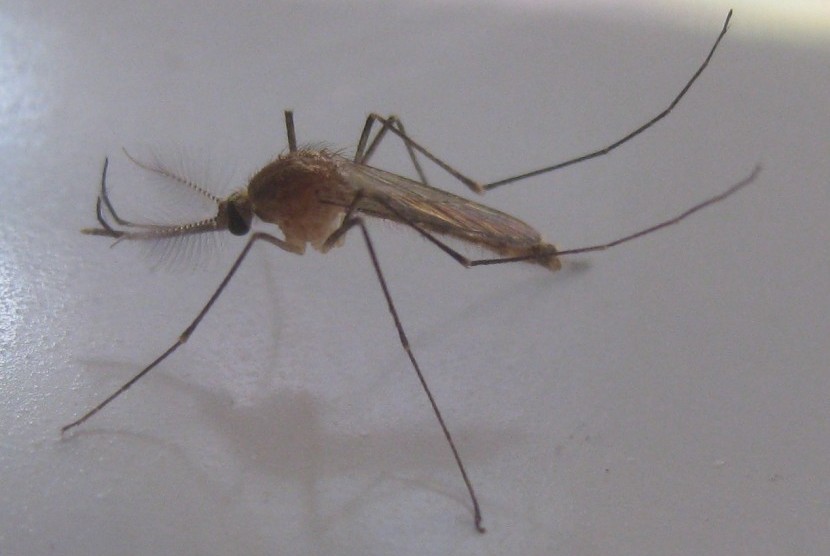REPUBLIKA.CO.ID, TIMIKA -- The number of cases of lymphatic filariasis, or elephantiasis, in Mimika District, Papua Province, remains high, local Health Office spokesman Reynold Ubra remarked here on Saturday. He said the number of cases was above two percent.
So all residents in the district are required to take medicine to prevent the disease for the next five years, Ubra said.
"Based on the results of a research conducted by the Ministry of Health, Mimika District is one of the endemic areas of lymphatic filariasis cases," Ubra remarked.
In connection with this, the Mimika district government will, at the start of next week, hold a campaign to provide mass prevention drugs for filariasis to Mimika residents.
"For five consecutive years, everyone in Mimika has taken medicine once a year to prevent filariasis. Moreover, the vector is here, so taking this mass drug is a solution to eliminate filariasis cases in the district," Ubra explained.
Several other regions in Indonesia have, since 2017, been free from cases of filariasis, yaws, leprosy, rubella, and measles. According to Reynold, medicine to prevent mass filariasis cases is for all people in Mimika, except pregnant women, toddlers under the age of two years, and patients, with a history of heart disease.
Infectious Disease Control and Prevention Section Head of the Papua Health Office Yamamoto Sasarari stated that microfilaria distribution in Mimika was more than one percent, so it was categorized as a filariasis endemic area.


